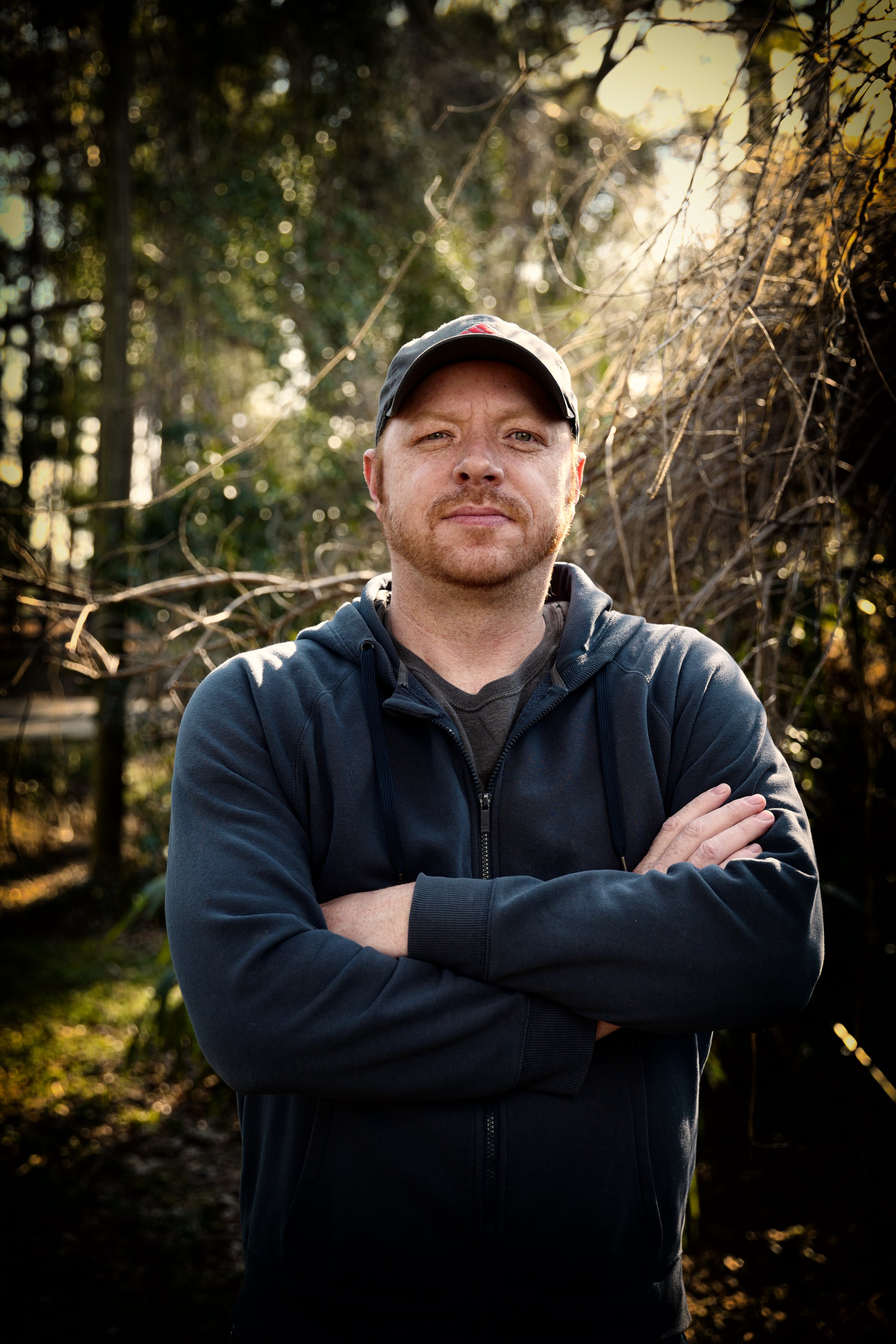Getting My Circularly Polarized Luminescence To Work
Getting My Circularly Polarized Luminescence To Work
Blog Article
Unknown Facts About Circular Dichroism
Table of ContentsGet This Report about SpectrophotometersThe Single Strategy To Use For Circular DichroismHow Uv/vis can Save You Time, Stress, and Money.Rumored Buzz on Circular Dichroism10 Simple Techniques For Uv/vis

Although spectrophotometry is most frequently used to ultraviolet, visible, and infrared radiation, modern-day spectrophotometers can interrogate broad swaths of the electro-magnetic spectrum, consisting of x-ray, ultraviolet, noticeable, infrared, and/or microwave wavelengths. Spectrophotometry is a tool that hinges on the quantitative analysis of molecules depending on how much light is taken in by colored substances.
A Biased View of Circularly Polarized Luminescence
A spectrophotometer is typically utilized for the measurement of transmittance or reflectance of solutions, transparent or nontransparent solids, such as polished glass, or gases. Although many biochemicals are colored, as in, they take in noticeable light and for that reason can be determined by colorimetric treatments, even colorless biochemicals can typically be transformed to colored substances suitable for chromogenic color-forming responses to yield substances ideal for colorimetric analysis.: 65 However, they can likewise be designed to determine the diffusivity on any of the noted light ranges that normally cover around 2002500 nm utilizing different controls and calibrations.
An example of an experiment in which spectrophotometry is used is the determination of the balance constant of an option. A certain chemical reaction within an option may take place in a forward and reverse direction, where reactants form products and products break down into reactants. At some time, this chemical reaction will reach a point of balance called a balance point.
Getting My Circularly Polarized Luminescence To Work
The quantity of light that travels through the option is a sign of the concentration of certain chemicals that do not permit light to travel through. The absorption of light is because of the interaction of light with the electronic and vibrational modes of particles. Each type of particle has a specific set of energy levels associated with the makeup of its chemical bonds and nuclei and therefore will absorb light of particular wavelengths, or energies, leading to unique spectral properties.
Making use of spectrophotometers covers various clinical fields, such as physics, materials science, chemistry, biochemistry. spectrophotometers, chemical engineering, and molecular biology. They are extensively used in lots of markets including semiconductors, laser and optical production, printing and forensic examination, along with in labs for the study of chemical substances. Spectrophotometry is often used in measurements of enzyme activities, determinations of protein concentrations, decisions of enzymatic kinetic constants, and measurements of ligand binding reactions.: 65 Eventually, a spectrophotometer has the ability to figure out, depending on the control or calibration, what compounds are present in a target and precisely just how much through calculations of observed wavelengths.
Created by Arnold O. Beckman in 1940 [], the spectrophotometer was developed with the aid of his coworkers at his company National Technical Laboratories founded in 1935 which would end up being Beckman Instrument Company and eventually Beckman Coulter. This would come as an option to the previously created spectrophotometers which were unable to soak up the ultraviolet properly.
Fascination About Circular Dichroism
It would be found that this did not provide satisfactory results, therefore in Design B, there was a shift from a glass to a quartz prism which permitted better absorbance outcomes - UV/Vis/NIR (https://www.callupcontact.com/b/businessprofile/Olis_Clarity/8903776). From there, Model C was born with a change to the wavelength resolution which wound up having 3 units of it produced
It was produced from 1941 to 1976 where the rate for it in 1941 was US$723 (far-UV devices were an alternative at additional cost). In the words of Nobel chemistry laureate Bruce Merrifield, it was "probably the most crucial instrument ever established towards the development of bioscience." Once it became ceased in 1976, Hewlett-Packard created the very first commercially readily available diode-array spectrophotometer in 1979 referred to as the HP 8450A. It irradiates the sample with polychromatic light which the sample soaks up depending upon its residential or commercial properties. It is transmitted back by grating the photodiode selection which identifies the wavelength area of the spectrum. Ever since, the production and execution of spectrophotometry devices has actually increased profoundly and has turned into one of the most ingenious instruments of our time.

Circular Dichroism - Truths
Historically, spectrophotometers utilize a monochromator including a diffraction grating to produce the analytical spectrum. The grating can either be movable or fixed. If a single detector, such as a photomultiplier tube or photodiode is utilized, the grating can be scanned step-by-step (scanning spectrophotometer) so that the detector can measure the light strength at Look At This each wavelength (which will represent each "step").
In such systems, the grating is fixed and the intensity of each wavelength of light is measured by a various detector in the selection. Additionally, most contemporary mid-infrared spectrophotometers utilize a Fourier transform strategy to obtain the spectral details - https://www.magcloud.com/user/olisclarity1. This technique is called Fourier transform infrared spectroscopy. When making transmission measurements, the spectrophotometer quantitatively compares the portion of light that travels through a reference service and a test option, then digitally compares the intensities of the two signals and calculates the percentage of transmission of the sample compared to the reference requirement.

Report this page